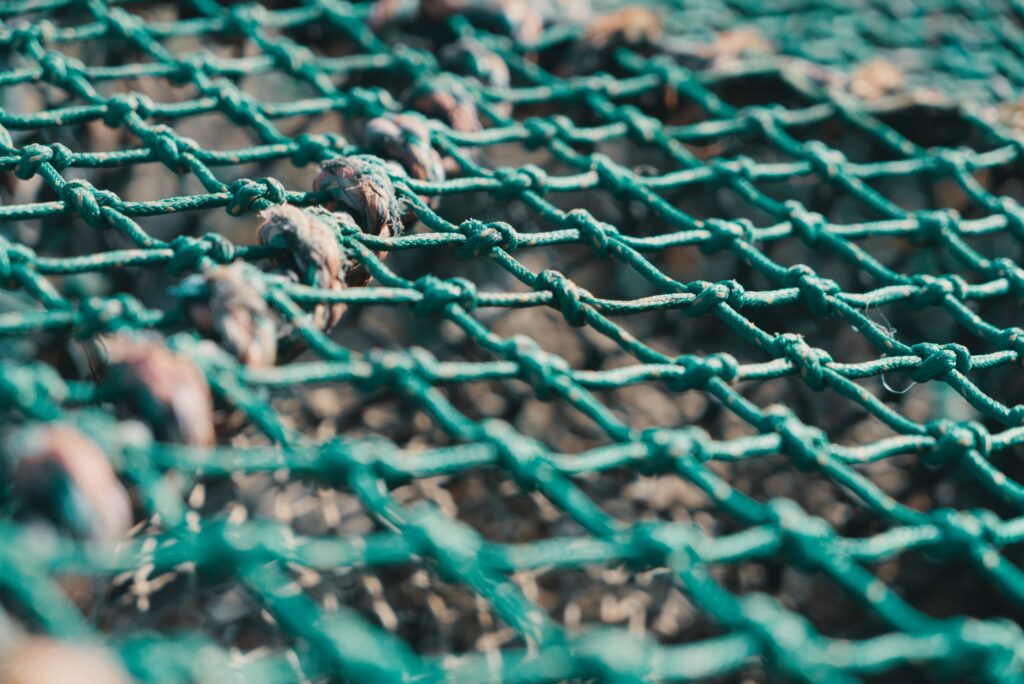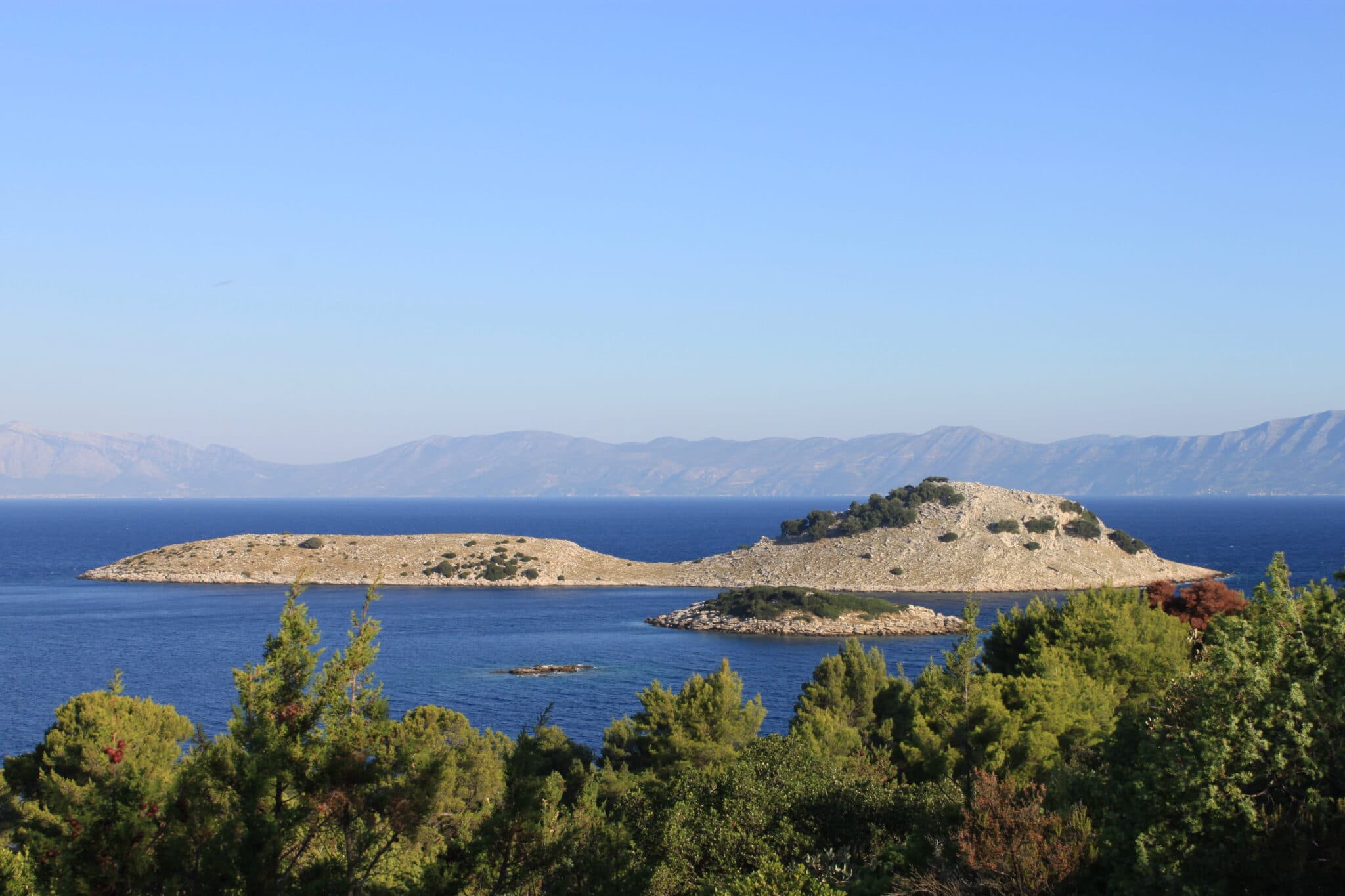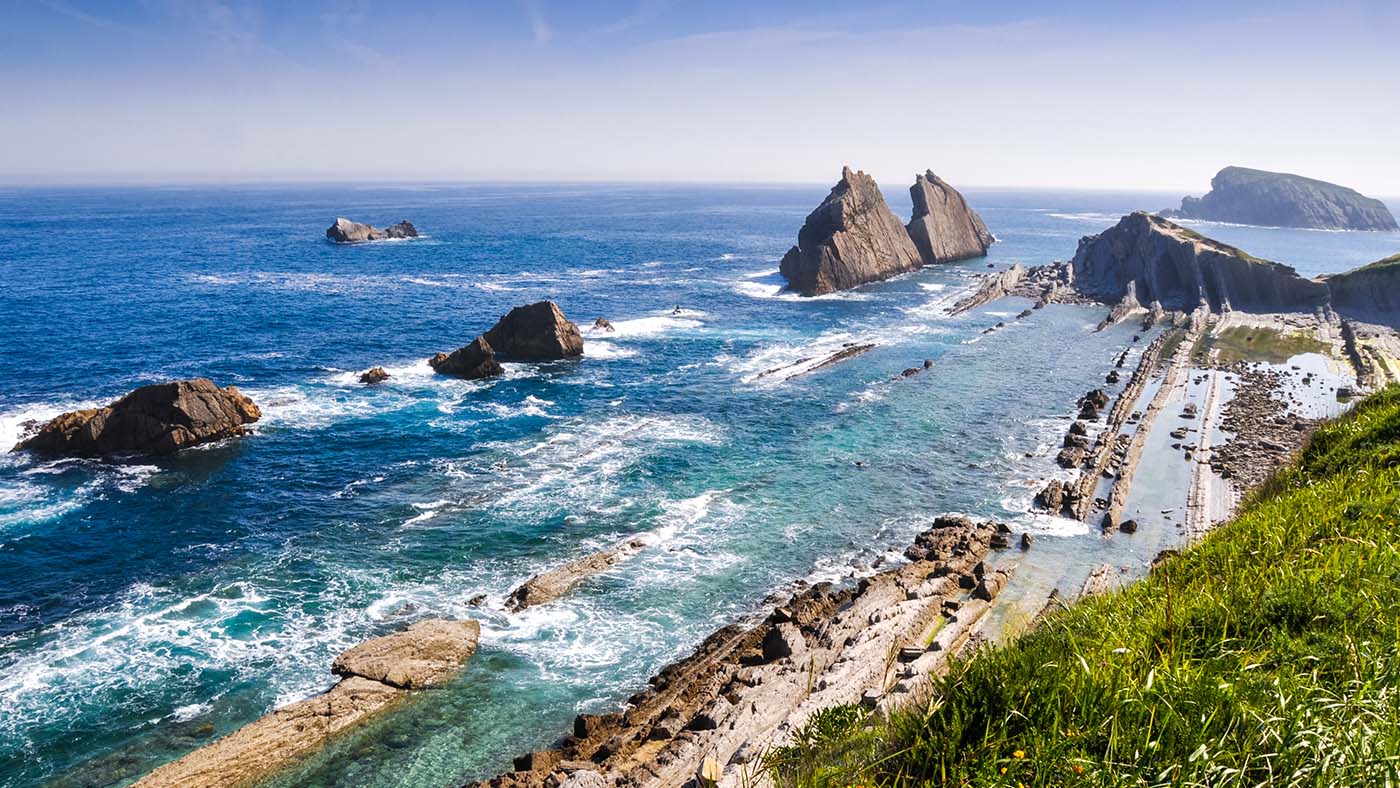Turning the tide on EU seas with a Green Recovery

To discover the true extent of these ecosystems and their impacts on our lives. The marine environment provides up to two-thirds of the ecosystem services supplied by the planet’s natural capital. We know that the marine environment, and therefore the blue economy that depends on it, is particularly vulnerable.
By Bruna Campos
The climate and biodiversity crises have not been put on hold because of the pandemic and continue to need urgent attention and action. There is great potential in green recovery where investments deliver a healthier environment and a healthier economy. Investments in the marine environment can yield particularly large returns. Yet, it is estimated that governments around the world spend over 22 billion dollars annually on capacity enhancing, harmful financial incentives and subsidies in the fisheries sector alone. The marine ecosystem is already on the brink, yet the EU continues to invest in these harmful incentives.
The EU’s Green Recovery plan is a golden opportunity to ensure that these resources are redirected and contribute to a sustainable recovery also at sea. Long-term policies will need to enable a true Green Recovery. Financial investments will be mobilised to mitigate the economic fall-out of the COVID-19 crisis and to align the EU with its Green Deal ambitions. Therefore, it is crucial that the new recovery instrument, Next Generation EU and funding programmes such as the EMFF enable the EU to tackle our long-term environmental crisis and avoid undesirable trade-offs, while simultaneously improving the Union’s current economic prospects.
In this paper, put together by BirdLife Europe, ClientEarth, New Economics Foundation, Oceana Europe, Our Fish, Scieana, Seas At Risk, Surfrider Foundation Europe, and WWF, we provide examples of investment opportunities in an effort to illustrate how a green recovery for the oceans is possible, for instance by:
- Actively restoring marine ecosystems, such as rebuilding oyster reefs and fish passages in coastal dams
- Enabling transparent, accountable and more selective fishing activities by scaling up remote electronic monitoring (REM)
- Stopping plastic pollution at its source through investing in the re-use/rental/re-fill sectors
There is no reason not to invest in a green future for the ocean. Following the EU Green Deal, the Biodiversity Strategy and the Farm to Fork Strategy, future financial commitments that impact seas and oceans must continue to build on this momentum and walk the walk of this political agenda.
Read our report: Turning the Tide on EU Seas with a Green Recovery
Picture © Ross Sneddon / Unplash
Related News
Stay up to date
Sign up to receive the latest bird conservation news. You’ll also receive updates about our projects, science and other ways to get involved including fundraising.
Thank you for your support, we are committed to protecting your personal information and privacy. For more information on how we use your data, please see our Privacy Policy. You can unsubscribe from emails at any time by using the link in the footer of any email from us.




